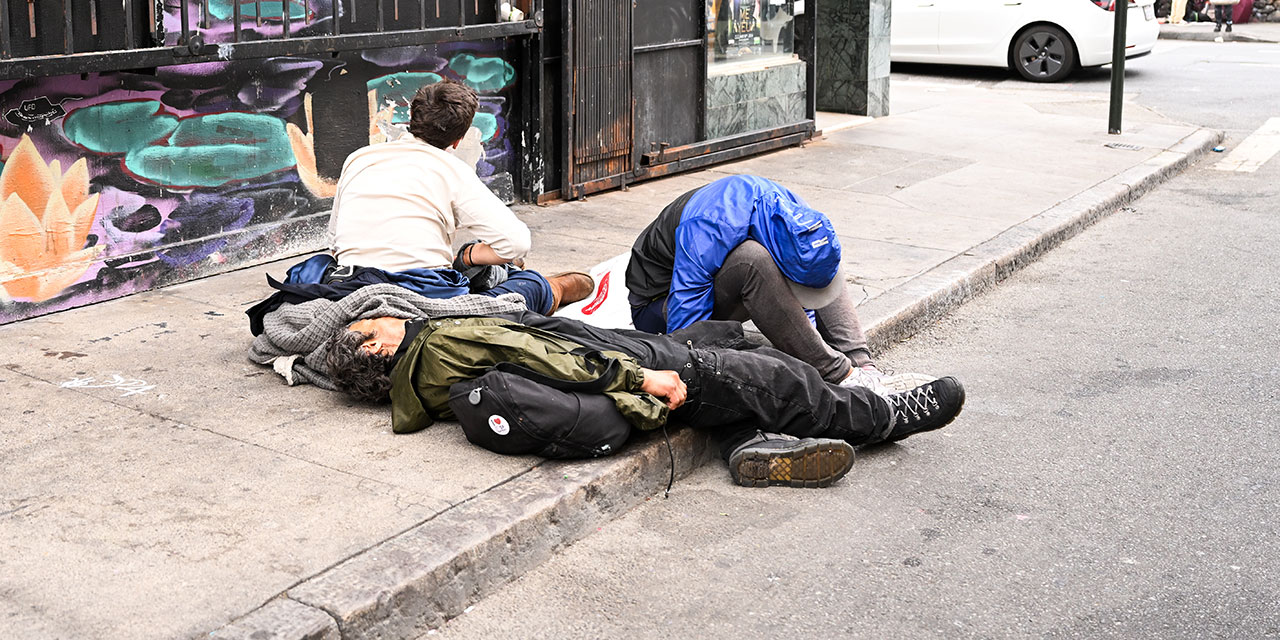Not two weeks ago, commuters leaving New York’s Penn Station for the suburbs ended their workweek with transportation chaos: a late-morning train derailment disrupted their commutes from Manhattan back across the Hudson River. On Monday, the same commuters started a fresh workweek with similar inconvenience: yet another train had gone off the tracks, injuring five of the 1,200 passengers aboard.
The press, citing officials’ remarks, characterized both of these derailments as “minor.” But just as there’s no such thing as a minor plane crash, there’s no such thing as a minor train derailment. Trains should stay on their tracks—and their failure to do so is yet more evidence of New York and New Jersey’s infrastructure crisis.
Finally, a reason to check your email.
Sign up for our free newsletter today.
Trains derail for two reasons: human error or equipment failure. New York and New Jersey have experienced the former in recent years. In December 2013, a Metro-North train derailed north of New York City, killing four people, because the engineer (who drives the train), suffering from a sleep disorder, was speeding. Last September, a New Jersey Transit train derailed in Hoboken, killing one passenger. Federal officials are still investigating the crash, but the train was travelling above its speed limit.
The derailment crashes of the past two weeks, though, have occurred (thankfully) at slow speeds. On March 24, an Amtrak train jumped a Penn track, crashing into a New Jersey Transit train. And on Monday, a New Jersey Transit train from Trenton derailed at Penn, in an incident similar to a December crash in Hoboken.
Though investigators must determine the causes, the most likely culprit in any derailment is a broken rail, according to a Scientific American analysis of federal data. Another likely cause is a problem with the train’s wheels or bearings. (Witnesses reported a broken wheel near Monday’s crash, but the wheel could have cracked after, not before, the crash.)
Where the fault lies depends on this cause. If the rail was broken, the crash was Amtrak’s fault. The federal railroad maintains the infrastructure inside and around Penn Station. If the train was broken, the crash was New Jersey Transit’s fault. We’ll know in a few months—but in the meantime, there is plenty of blame to go around.
Consider the failures of redundancy. On each of these occasions, a supposedly small incident ruined the day for tens of thousands of commuters—not only the 94,859 people who commute to and from New Jersey daily, but the 115,480 who take the Long Island Rail Road. On Monday evening, for example, the LIRR had to cancel 26 afternoon trains, and New Jersey Transit offered only limited service with long delays. Cancellations and delays plagued the Tuesday commute, too. The 84,433 people who depend on New Jersey Transit buses from the Port Authority also face longer wait times and more cramped conditions whenever failed train service forces rail passengers to find another way home. Everyone must suffer because there is no room for error. Even on a good day, Amtrak trains compete with LIRR and New Jersey Transit trains for limited track space.
Over the past 20 years, infrastructure strategists in New York and New Jersey have thought about ways to ease these constraints. To its credit, New York has taken steps to lessen the LIRR’s dependence on Amtrak. The state-run Metropolitan Transportation Authority, which runs the LIRR, is building a rail station of its own deep under Grand Central Terminal. In five or so years, when this “East Side Access” station opens, half of LIRR’s daily passengers will use the East Side facility on a regular basis. In an emergency, other riders could switch, as well. East Side Access is running in multiples over its original budget and is years behind schedule. Still, it is happening, and it will improve life for New Yorkers.
New Jersey had a similar chance to improve life for its commuters. A decade ago, it was set to build a megaproject of its own, bringing New Jersey Transit commuters through Secaucus under a new Hudson tunnel to a new station near the existing Penn. The project’s completion date was 2018. In 2010, though, in one of his first decisions as governor, Chris Christie cancelled the tunnel, citing the potential for cost and schedule overruns as well as the new station’s location, which he dismissed as “a tunnel to the basement of Macy’s.” Because of Christie’s decision, New Jersey commuters will be dependent on Amtrak’s good will for a decade to come, perhaps longer. Amtrak is itself now just planning a new Hudson tunnel so that it can repair its existing one—now more than a century old and heavily damaged by Superstorm Sandy.
Even as New Jersey continues to rely on Amtrak for much of its critical track and station infrastructure, the state hasn’t kept up its own investments in trains. New Jersey Transit trains fail every 83,609 miles—compared with every 216,772 miles for Metro-North trains and 211,975 miles for LIRR trains. That’s partly because, over the past decade, New Jersey Transit has slashed its long-term capital investments by 21 percent. Even when Amtrak is not at fault, New Jersey commuters suffer more frequent disruptions.
In February, President Donald Trump renewed his vow to build better infrastructure, citing the risk posed by falling-down tiles in the Queens-Midtown Tunnel, a car tunnel that runs under the East River. Critics rightly derided him for, well, making something up: the Queens-Midtown tiles aren’t falling down. If the president wants a pertinent example of the danger posed by bad infrastructure, though, he should just look to New York’s other river, where commuters now consider themselves lucky to make it off the train each day.
Photo by Andrew Burton/Getty Images




